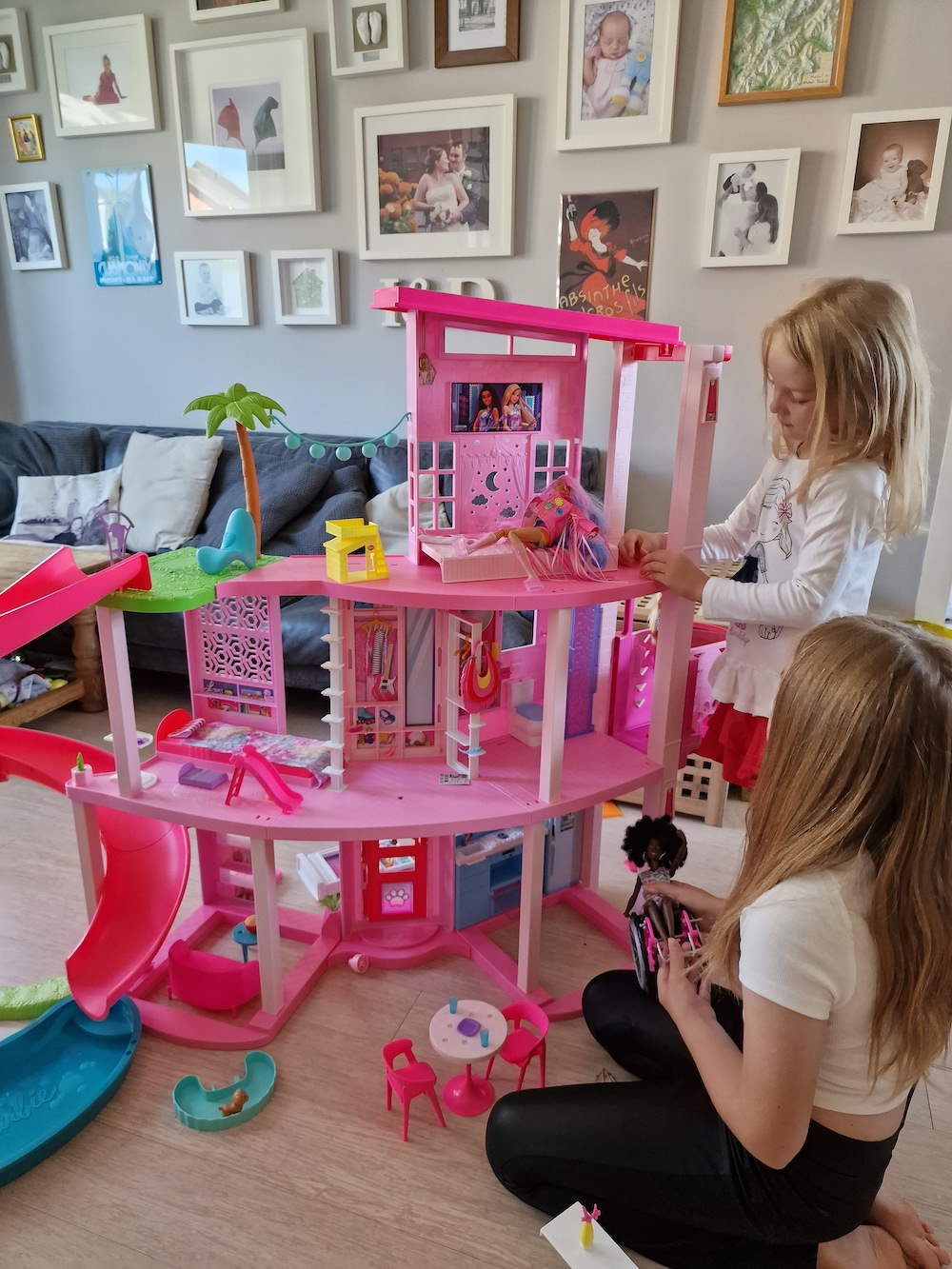What my children are learning through playing with the new diverse Barbies
I used to love playing with my Barbies when I was a child. I had several Barbies and a few Kens too, and remember most of them being the stereotypical blond, blue-eyed Barbie - just like Margot Robbie in Barbie film. Seeing that film reminded me of my love for Barbies... Now, as my children are at that doll-playing age I've embraced the Barbie dolls again and love seeing my children play with Barbie toys.
When I was a child most of the Barbie dolls were white, blond and had blue-eyes. However, one of my most favourite Barbie was a brunette, just like me. That's one reason why I have loved seeing the evolution of Barbies to be more unique, and to be more representative of all kinds of children.
Now there are so many more Barbies with different ethnicities and skin tones, physical abilities, and body types. That variety enables children to find Barbie dolls that look like them and that represent them, which is incredibly important for children that typically have little representation with mainstream toys. For example, there is now a Barbie with Down Syndrome! And while dolls with different ethnicities are increasing in numbers, it is great to see how Barbie have embraced this development and now do a variety of dolls with different ethnicities and skin tones - and hair styles ranging from afros to slick shiny hair.
It is not just about finding representation through a doll that looks like you, or has the same physical attributes as you. It is also important that children are able to incorporate diversity in their imaginative play and learn empathy and inclusion through play.
For example, my children have a Barbie in a wheelchair, and a Barbie with a prosthetic leg. These dolls join in just as much as any other doll, despite their physical differences, showing them through play how inclusion is for everyone. And having these dolls with different physical abilities has opened up many important conversations with my children. We have discussed things such as hidden disabilities, how disabilities might affect people in different ways, and even that some people may have disabilities that require them to use wheelchairs occasionally. Rather wonderful for inclusion, the Barbie Dreamhouse also accommodates a Barbie wheelchair in its lift!
The range of different body types for Barbies has been wonderful to see as well. There are now petite Barbies, tall Barbies and also curvy Barbies, showing children there is love for all kinds of body types. My daughter actually has one of those curvy Barbies, with a thicker waist and thighs. That curvy Barbie, that adults might have called with a much more unflattering term, she termed as "The Barbie with strong legs" and was delighted to have has in her collection. Her Barbie with strong legs can do anything. She lifts heavy things. She runs fast. She is strong and capable and also rather fabulous, just like all Barbies.
It has been wonderful to see how Barbie has evolved to become a more inclusive and representative doll for children of all body types, of all abilities and of all ethnicities. Playing with diverse Barbie dolls also helps children develop empathy towards others that might not look or be like them. And I know my children might not look like their Barbie dolls - but they love them just the same and through play they show that it's not the physical attributes that matter, but who you are inside.
Do your kids play with Barbies? What is their favourite Barbie?







Comments
Post a Comment
Thanks for commenting!
I love comments and I always try to reply within a couple of days. Do check back for my reply, especially if you wanted to know something specific. Or if you check the notify me box, you'll get follow-up comments to your inbox :)